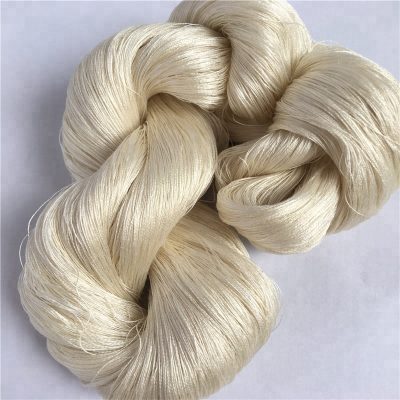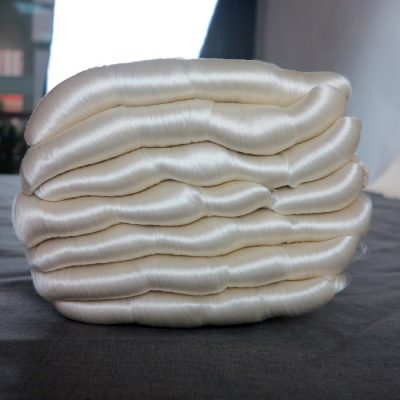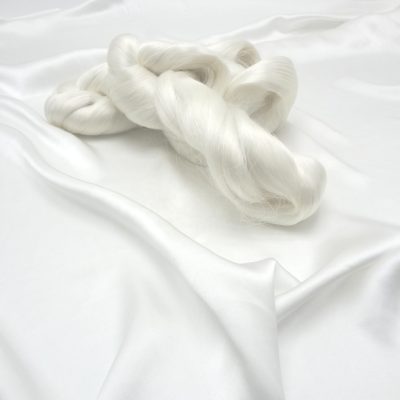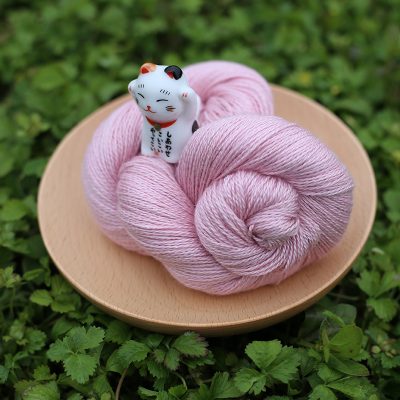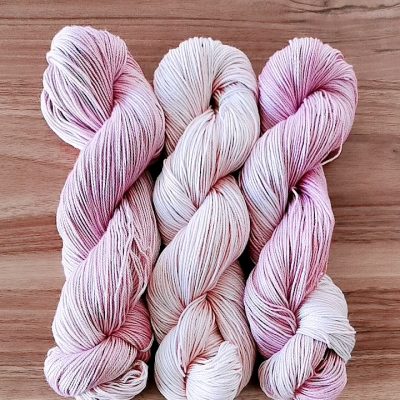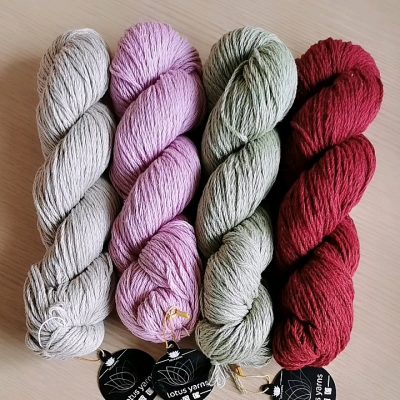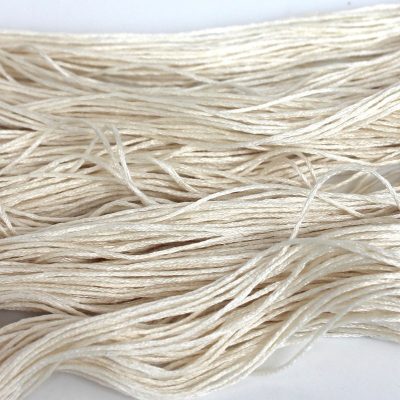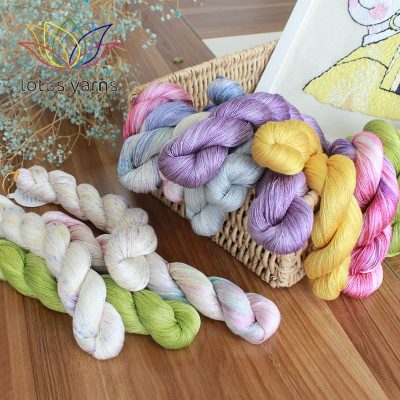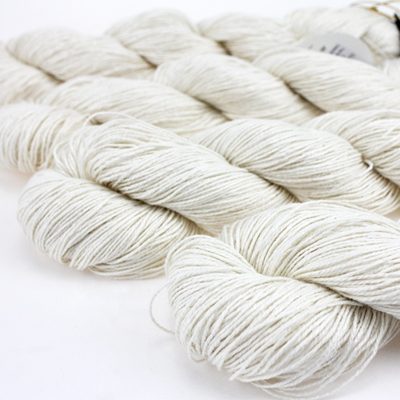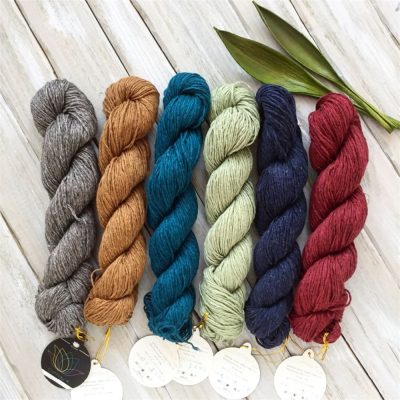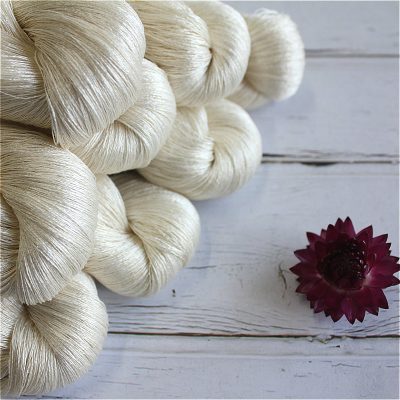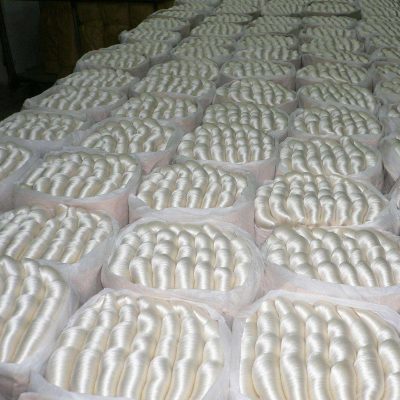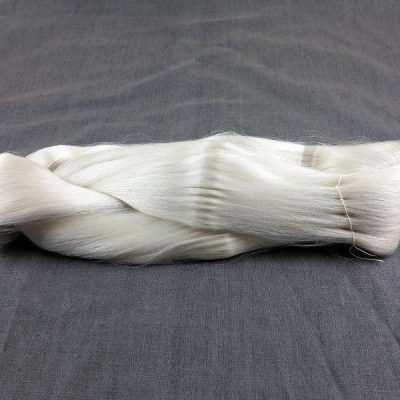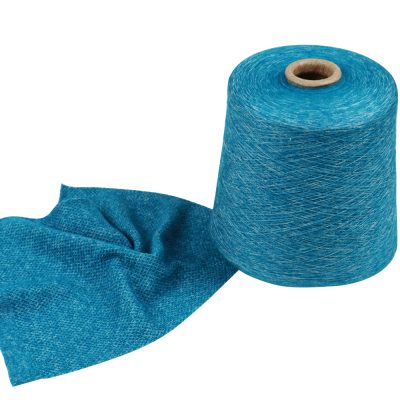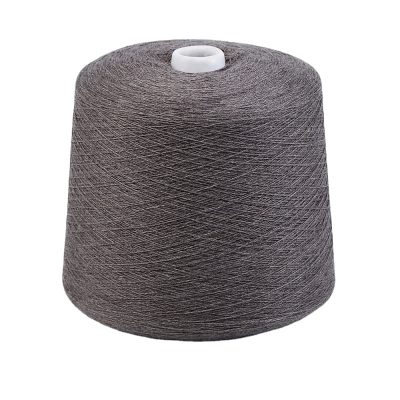What is Silk Yarn
Silk, a textile, woven from silk or synthetic fibers, man-made fibers, short silk, etc.; general term for fabrics purely woven or interwoven with silk or rayon. The natural fiber contained in silk is mainly silk fiber, which is a continuous long fiber that is coagulated by the secretion of silk when the cocoon is formed. It is also called natural silk. It is one of the earliest animal fibers used by humans, including mulberry silk and tussah silk. , Castor bean silk, cassava silk, etc.
Advantages of silk yarn
First: comfortable to wear. Real silk is composed of protein fibers and has good biocompatibility with the human body. In addition, the surface is smooth, and its frictional stimulation coefficient to the human body is the lowest among all kinds of fibers.
Second: Good moisture absorption and desorption. Silk protein fiber is rich in many hydrophilic groups such as amine groups (-CONH) and amino groups (-NH2), and because of its porosity, it is easy for water molecules to diffuse, so it can absorb or emit water in the air, and Keep a certain amount of moisture. Under normal temperature, it can help the skin retain a certain amount of moisture without making the skin too dry; worn in summer, it can quickly dissipate the sweat and heat discharged by the human body, making people feel extremely cool.
Silk not only has better heat dissipation performance, but also good warmth retention. Its thermal insulation benefits from the porous fiber structure. There are many very fine fibers in silk fibers, and these fine fibers are composed of even finer fibers. Therefore, more than 38% of the seemingly solid silk is actually hollow. There is a large amount of air in these gaps, which prevents the dissipation of heat and makes the silk have good warmth retention.

















